Did you know that what to do with your strawberry plants in the summer after a harvest can make a huge difference in the long-term health and well being of your plants – and even more – in just how big your harvest will be next year?
It’s true! One of the most important times of all for a strawberry plant is right after it completes its fruiting cycle. Especially if you happen to be growing June bearing strawberries that produce all of their crop at once late in the spring or early summer.
Between dealing with runners, fertilizing, pruning the plants back and mulching, there are a lot of important tasks that need to take place in the summer – and all play a pivotal role for how June bearing strawberries will continue to perform next season. But, as you will see below, even everbearing strawberry varieties need a little help in the summer as well!
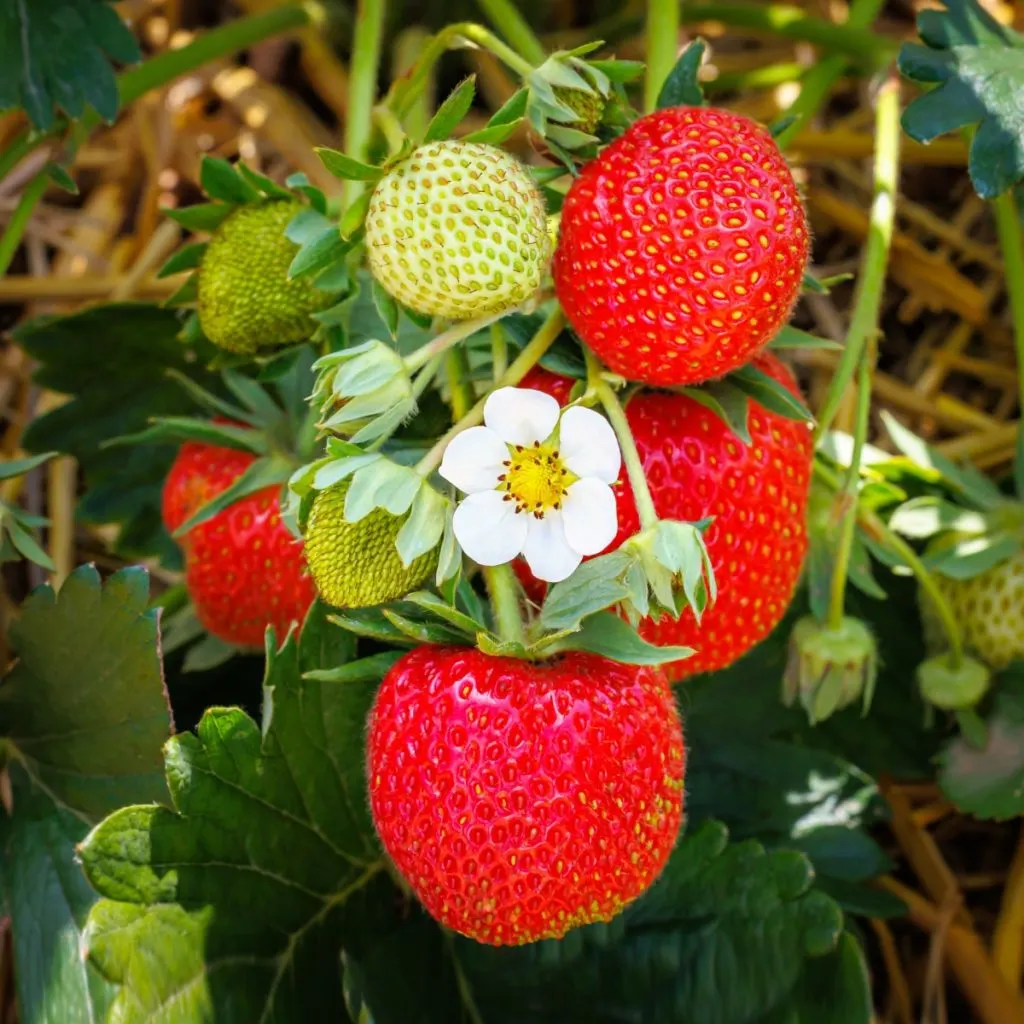
The good news is that although there are some key tasks to perform on your plants after they fruit – all are incredibly simple to do. And even better, they take very little time to complete!
What To Do With Strawberry Plants After The Harvest Is Over – Summer Strawberry Care!
In order to know what you need to do for your plants, you need to first know what type of strawberries you are growing. There are two main types of strawberries that home growers plant – June bearing and Everbearing. And each requires different care in the summer.
Like their namesake, June bearing strawberries bloom and produce all of their fruit during a short period of time. For most climates, this is usually right before or during the month of June. June bearing varieties are almost always grown in the ground or in dedicated raised beds.
Everbearing strawberries, on the other hand, produce fruit all season long. Although Everbearing plants do require a bit of summer care, it is the June bearing plants that will need the most help after they finish their big cycle of fruiting in late spring to early summer. Especially if you want an even bigger harvest next year!
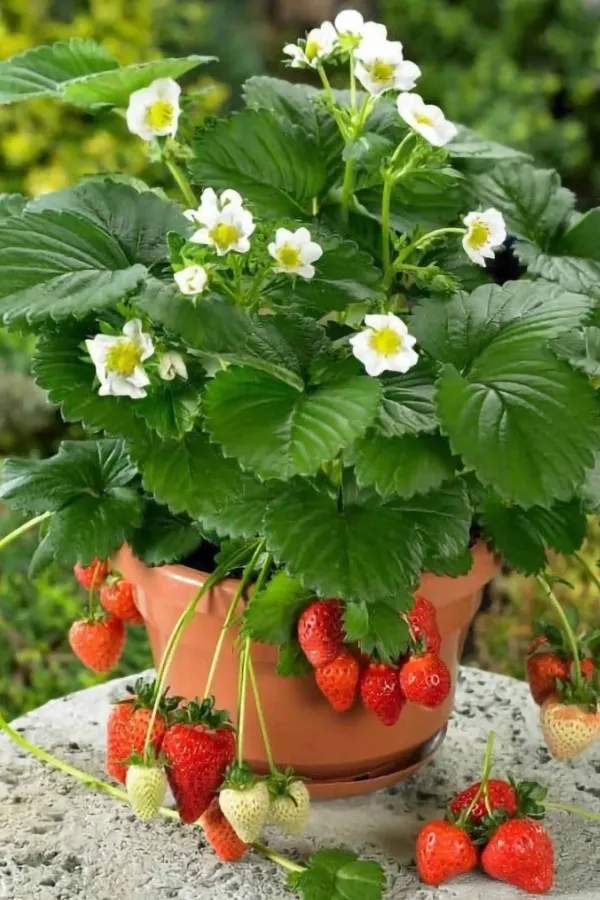
Pruning Strawberry Plants In The Summer – What To Do With Strawberry Plants After A Harvest
After June bearing strawberry plants have finished fruiting, the first order of business is to cut them back. This is one of the most important chores of all for June bearing plants, and it needs to occur within a few weeks after they have completely finished their fruiting.
Cutting back your plants allows them to start producing new growth and prepare for next season’s fruiting. In addition, the new growth helps to protect the roots and plants before the cold of winter hits.
There are a couple of ways you can cut your strawberries back. The easiest is to simply mow your plants down to the ground with a push mower. You can also cut them back with a string trimmer or opt for a pair of hedge trimmers.
If there is one critical key to this step it is to do it after they bloom. Do not wait until late summer or fall to cut back. Unfortunately, by this point, it’s too late and it can spell disaster for your strawberry plants.
When June bearing plants are cut back too late in the summer, they fail to grow enough foliage to protect them for winter. It also keeps the plant from developing and storing energy for fruiting. If you didn’t get the pruning done during the summer months, it’s always best to hold off on cutting them back at all and allow them to overwinter as is.
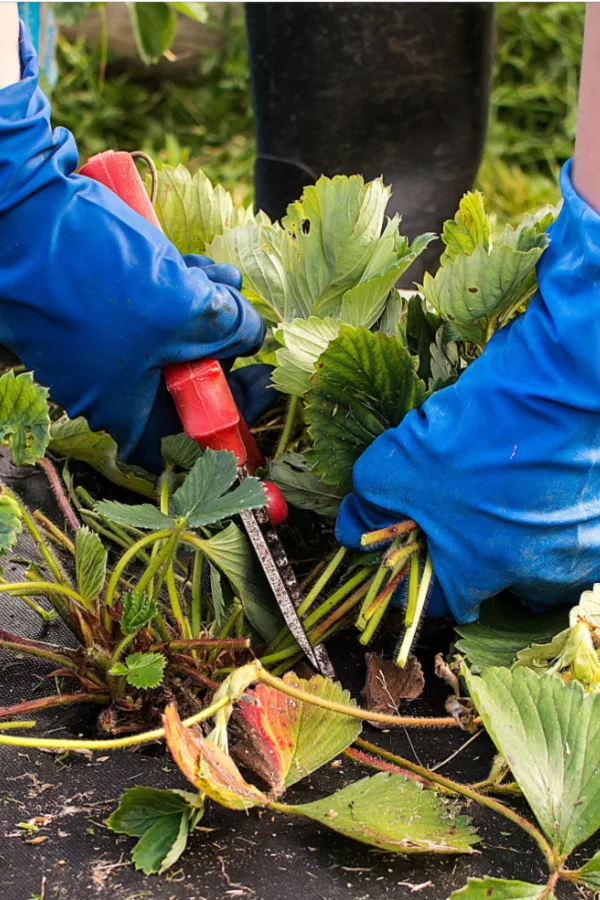
So what about Everbearing strawberries in the summer? Since everbearing strawberries continue to push out new blooms and fruit until autumn, you should avoid pruning in the summer. If your Everbearing strawberry plants are becoming oversized, you can lightly prune back in mid-fall.
Fertilizing In The Summer – What To Do With Strawberry Plants In The Summer After A Harvest
Fertilizing is important in the summer for both June bearing and Everbearing strawberries. For June bearing plants, it’s best to fertilize right after you cut them back. Fertilizing after a harvest allows the plants to recover fast and store up energy for next year’s crop.
This is the one step many home strawberry growers skip – but can it ever help your plants produce more berries! For this application, use a light dose of balanced fertilizer designed for strawberry plants. Product Link: Espoma Organic Berry-Tone 4-3-4 Natural & Organic Fertilizer
With Everbearing strawberries, even though you are not cutting them back, fertilizing is still a must. This helps to keep energy flowing to the plants to help produce a continuous flush of blooms and fruit. See: How To Fertilize Strawberry Plants – And When To Do It For A Big Harvest!
For Everbearing varieties, you can use the same balanced fertilizer you are using for June bearing plants. The only difference is you will need to fertilize more than just one time. To keep Everbearing types fruiting, it’s best to fertilize once a month through the end of August. For June bearing, one application of fertilizer is enough to do the trick.

Replanting Runners – What To Do With Strawberry Plants In The Summer After A Harvest
Strawberry plants put out offshoots of new growth that eventually turn into brand-new plants if they are allowed to root in the soil. These offshoots are known as runners. What you will do with your runners all depends on the age of your strawberry plants and how much space you have.
While strawberries are considered to be perennials, the plant’s production starts to decline after about 4 to 5 years. At this point, you can replace the original plants with the new runners. If you have more space, you can also allow runners to fill in new areas to grow a larger strawberry patch.
If, however, your plants are only a few years old and you have no room to expand, you can simply cut the runners back. This will help the plant conserve energy instead of wasting it on the runners.
Although both types produce runners, Everbearing plants typically put out fewer runners than June bearing varieties. This is part of the reason why June bearing strawberries are harder to grow in confined places like containers and pots. They simply produce so many that they fill a space quickly.
For June bearing plants, you will want to replant runners in the summer right after the harvest. And if you want to create new Everbearing strawberry plants from runners, summer again is the best time. This is because it allows the new plants to establish before winter arrives.
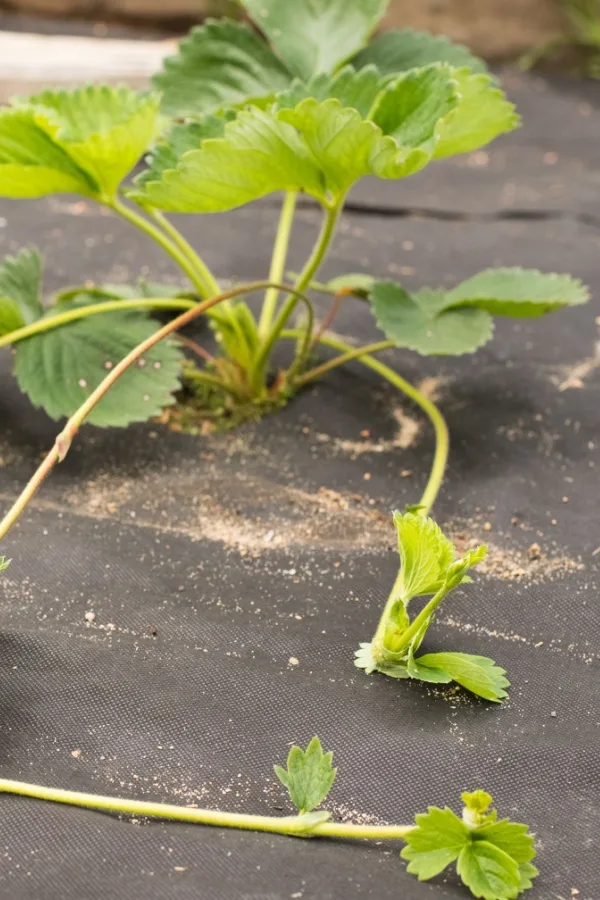
Watering & Mulching Plants – What To Do With Strawberry Plants In The Summer After A Harvest
Even though they are not flowering or fruiting any longer, you still need to water strawberries during the summer and fall months. Their roots grow very shallow and they are susceptible to drying out. And when this occurs, next year’s harvest totals will suffer.
Strawberry plants require about 1-2 inches of watering or rainwater per week while they are fruiting. After fruiting, you can dial back the watering to around 1 inch per week. The key is to avoid letting the roots dry out completely.
At the same time, strawberries are very susceptible to root rot if they are allowed to sit in standing water, so it is important to water carefully.
The Importance Of Mulch – What To Do With Strawberry Plants In The Summer After A Harvest
Last but not least, do not forget to mulch your plants in the summer! Shredded leaves, straw, or pine needles are all great choices for mulching strawberries. Mulch helps to conserve water in the soil and more importantly, keep competing weeds out.
Weeds can be a huge issue for strawberry plants. They take nutrients from the soil that strawberries need to grow and produce. Even worse, they also take moisture from the soil too. In the summer, it’s best to keep a three to four inch layer of mulch on your plants.
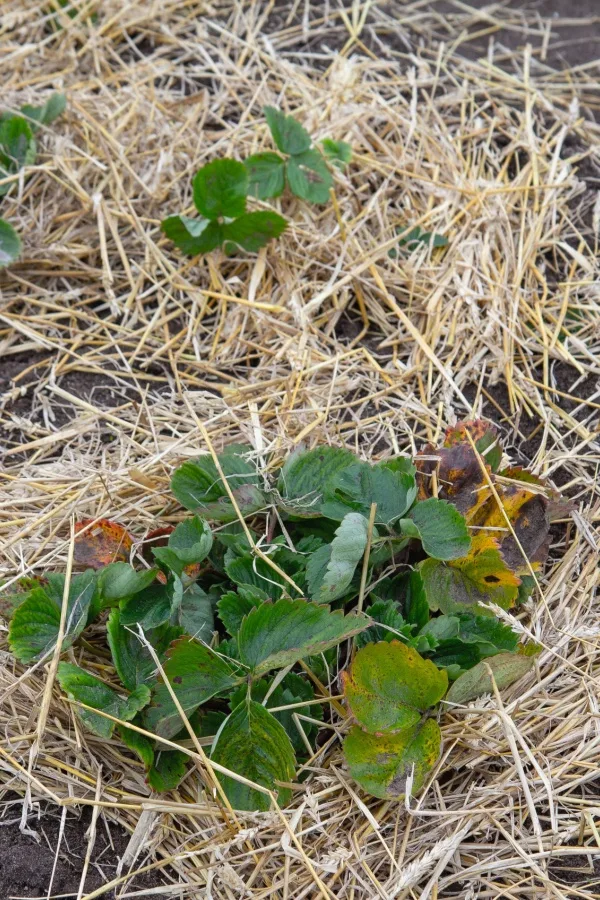
For plants grown in traditional gardens or raised beds, apply a good 4 to 6-inch layer of mulch after the plants go dormant in the fall. If you are growing everbearing strawberries in pots or containers, it’s best to bring them into your garage where they can stay safe through the winter.
Here’s to giving your strawberry plants just what they need this summer – and to an even bigger harvest next year!
This Is My Garden
Follow Our Facebook Page For Great Gardening Tips And Advice! This Is My Garden Facebook Page
This Is My Garden is a garden website created by gardeners, for gardeners. Jim and Mary Competti have been writing gardening, DIY and recipe articles and books and speaking for over 15 years from their 46 acre Ohio farm. They publish three articles every week, 52 weeks a year. Sign up today to follow via email, or follow along!
